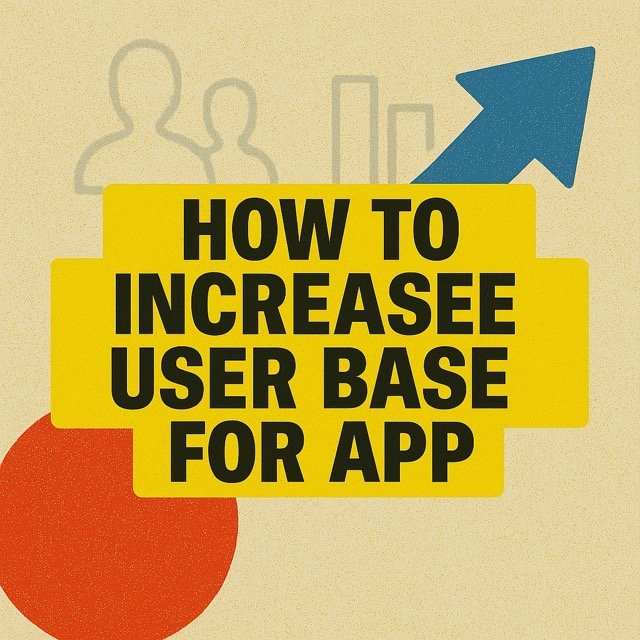If you want to increase your app’s user base…don’t do this
Today’s Tip: To grow faster, build proof.
The fastest way to increase your app’s user base — while also building long-term user trust — is to have public proof that your app actually solves a real problem.
This sounds simple and obvious, but most founders ignore it.
Picture this…
Two people promote a habit-tracking app.
They use the same App Store screenshots, same video ads, post at the same time each day, and say the same words.
One is a developer who built it based on user feedback and has 1,000+ real users. The other just shipped an MVP yesterday with zero users.
Who gets more installs?
It’s the first one…because they have proof.
Apps grow fastest when real results are shared, repeatedly.
Results = value delivered
Proof = visible traction, testimonials, retention, or engagement
This doesn’t mean you can’t grow without a massive user base, but it is the harder path — because there’s no social or functional validation for people to trust yet.
The easier road?
Go build public proof — then make content around what your app is helping users do.
When potential users land on your profile or website, they will scan for one thing: “Does this work for people like me?”
If the answer is yes, they install. If the answer is unclear, they bounce.
Let’s break it down...
“Proof” means that people are already using and benefiting from your app:
If your app helps freelancers track time, show how it saves them hours per week (with screenshots or quotes)
If your app helps people sleep, post user messages showing how they’re waking up more refreshed
If your app is productivity-related, publish real usage stats (e.g. “1.2M tasks tracked in March”)
If you’re early or pre-launch, this becomes tricky.
You want to grow your user base now — but don’t have traction yet.
Some will say: “Just start posting about the app.”
You can try this, but you’ll have limited success.
In 2025, app users have a short attention span and thousands of options. No one has time to dig into your landing page just to guess if it’s useful.
The better approach?
Document your journey to product-market fit, while you build traction
For example, if your app helps ADHD founders stay focused, and you don’t have users yet — don’t post random app updates. Instead, share content about building the perfect system for yourself using your app. This positions you as your first case study. It’s not better than proof from 10,000 users — but it’s better than nothing. And it’s way better than “Coming soon” content with no clear value.
So, how do you actually build proof?
You can do it by solving either:
A problem — e.g., how to reduce screen time, manage tasks, improve habits
A niche domain — e.g., fitness, finance, parenting, productivity, wellness
Once you choose one, build small wins for real users (even if that’s just 5–10 people in a closed beta). Document everything. Make it impossible for a stranger to land on your app page or content and not instantly know what the app is for and why people love it.
Then:
Signal your value prop clearly in your bio/App Store page.
Show the outcomes, not just features.
Create short-form content around proof points.
Repeat.
This is the playbook for growing your user base in today’s noisy market.
PS – If you want help increasing your user base without wasting time on paid ads, book a FREE Zoom call with me and I will help.
People also read:
Mobile App Development Roadmap: The Truth Behind Smooth Launches
What is Feature Creep? Most App Founders Get Product Scope Completely Wrong
